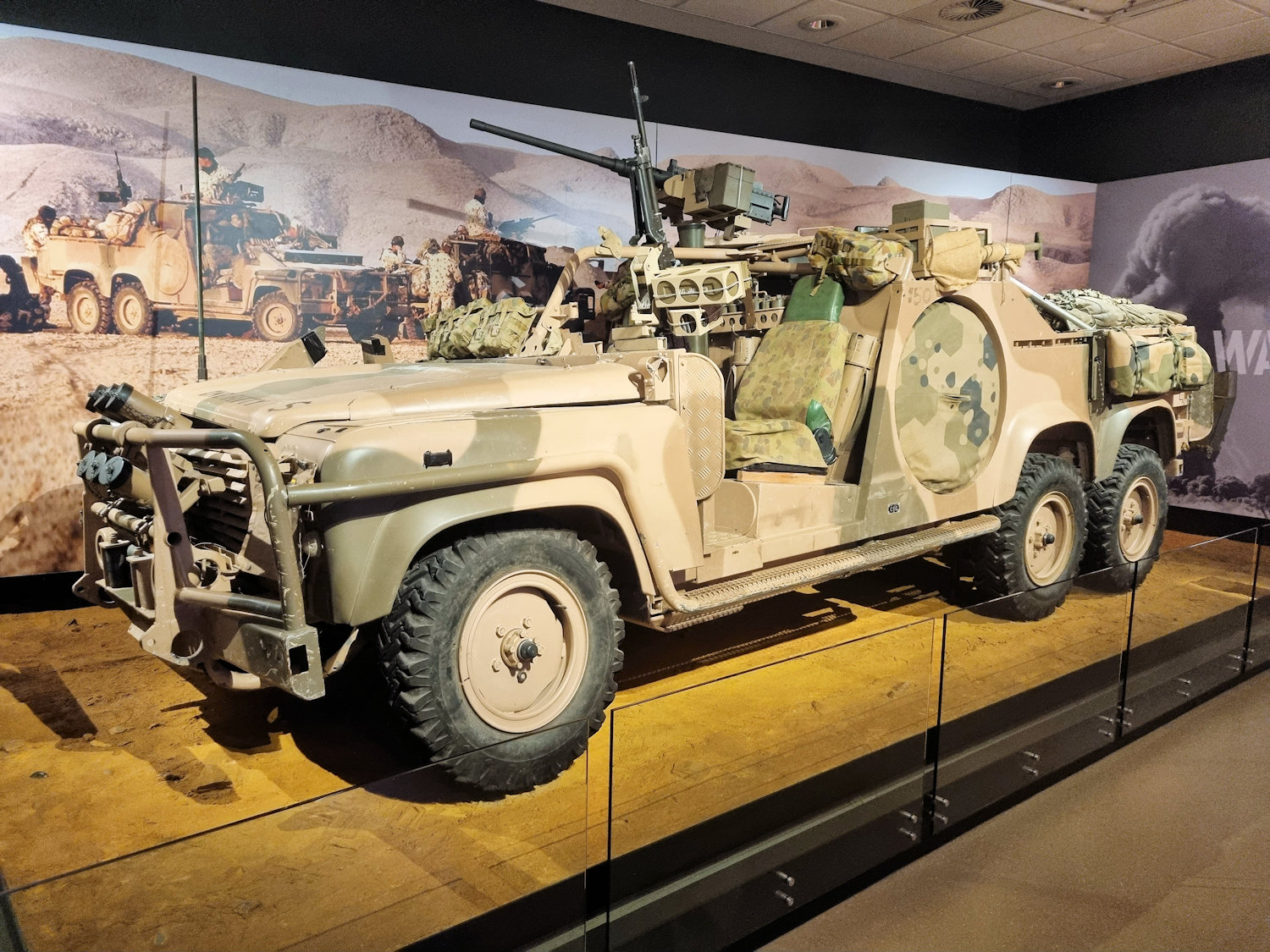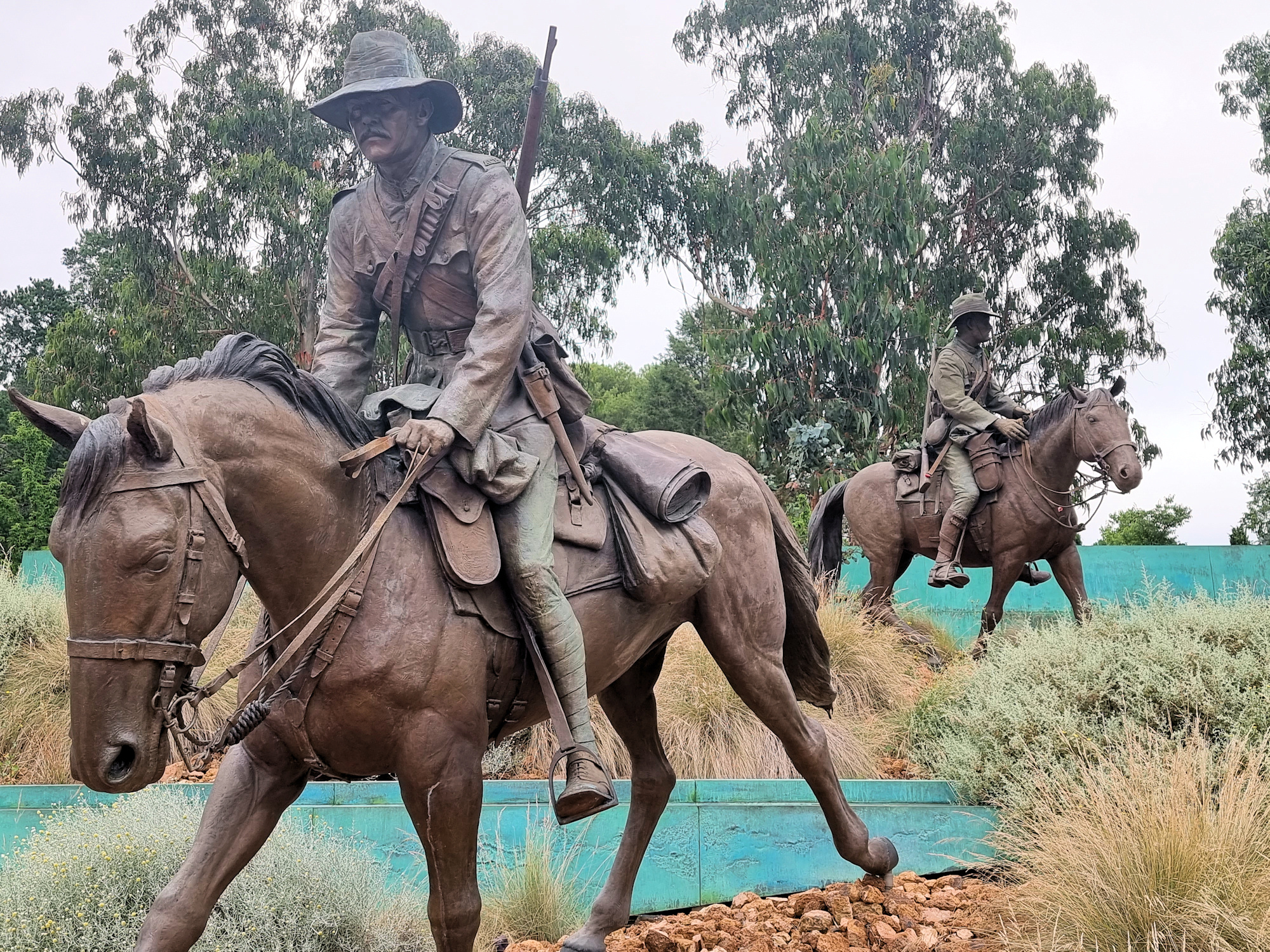Tag: Royal Australian NAvy
-
Australian War Memorial 1945 to Today

Australian War Memorial 1945 to Today During our previous trip to Canberra, the gallery “Conflicts 1945” to Today in the Australian War Memorial was closed because of the renovations. This time however, it was open, so we took the opportunity to look around. This gallery commemorates all the conflicts involving Australians from 1945 to today.… Read more
-
ANZAC Parade Memorials Canberra

ANZAC Parade Memorials Canberra Leading up to the Australian War Memorial, ANZAC Parade in Canberra contains memorials honouring those who served in Australia’s armed services. The best way to see all of the monuments is to walk the length of the Parade. We parked in the Constitution Avenue car park, so that we could walk… Read more
-
Bradleys Head

Bradleys Head Many people using Sydney Ferries will have past Bradleys Head with its mast from HMAS Sydney, but many will not know its significance. This small headland holds memorials to the Royal Australian Navy ships lost during wartime. The RAN considers this location the pre-eminent naval memorial in Australia. HMAS Sydney Mast and Associated… Read more